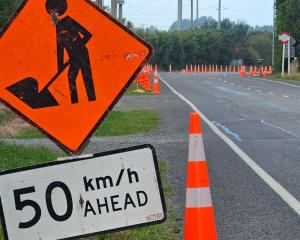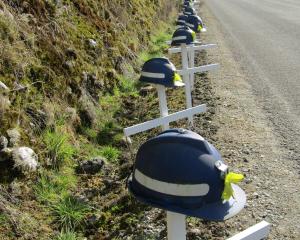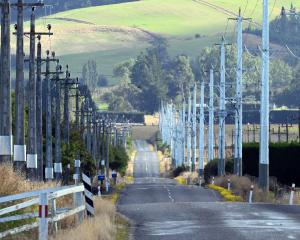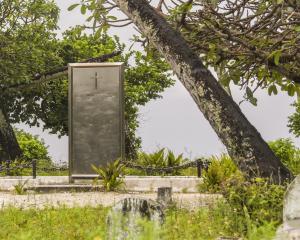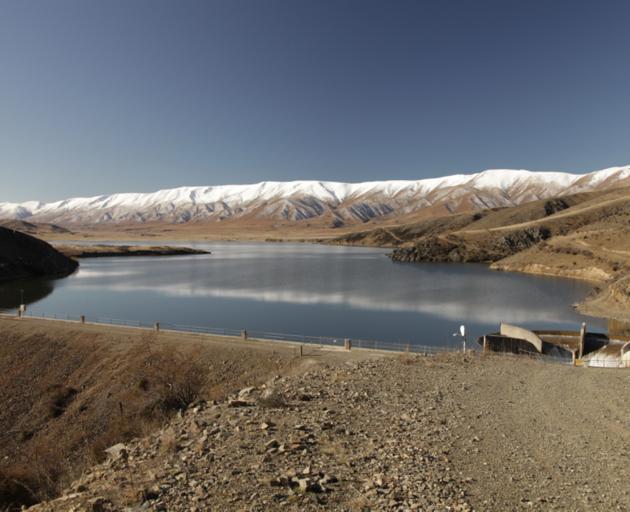
As a source of irrigation water, the Manuherikia River and its associated Falls Dam have helped sustain primary production in Central Otago for more than 80 years. However, progressive pasture development and the consequent irrigation of native tussock land previously used only for summer grazing have increased not only the demand for irrigation water but exacerbated the run-off of silt and pollutants into creeks and tributaries.
Measures designed to limit these detrimental effects, including water-quality rules and encouraging farmers to install ''smart'' irrigation systems, also incur high capital costs which farmers say they can only meet by intensifying their operations. Not surprisingly, land development has further heightened the demand for a reliable water supply, particularly during summer dry periods when the river flow is likely to be at its lowest levels.
But intensification also carries additional environmental costs evidenced by reduced populations of native and introduced fish species, the invasion of algae and foreign weed species and the drying of tributaries and wetlands. Local communities now fear for both the quantity and quality of the water available to sustain the Manuherikia's environmental, social and cultural values.
The Otago Regional Council, irrigation companies and most farmers, acknowledge the Manuherikia's flow is over-allocated, i.e. at times there will be insufficient water flow to meet all requirements. Accordingly, the ORC has initiated a process intended to establish a minimum flow for the multiple purposes of safeguarding the aquatic environment, the natural character and the recreational values of the river, as well as providing water for irrigation purposes.
Whether in practice that process will satisfy these conflicting requirements is questioned by those seeking increased minimum flows to restore river health and irrigators who require certainty of supply in order to avoid disruption of their operations.
Despite the lack of accurate hydrological data for the Manuherikia catchment, the ORC has determined that flow calculations will be benchmarked on ''naturalised'' flow data which, in effect, looks at the catchment yield as if there were no irrigation takes and Falls Dam with its 10 billion litres of water storage, doesn't exist.
Legally, says the ORC, water stored behind the dam is ''owned'' by the Omakau Irrigation Company and cannot be taken into account before 2021 when new water consents for the dam's operation will take effect. Even if that stored water was immediately available, it is doubtful the summer minimum flows proposed by the ORC will avoid the imposition of irrigation restrictions during a prolonged drought.
The Manuherikia River's flow also relies on unmeasured contributions from its many tributaries. During summer, much of their water is captured by traditional water rights which permit their holders to take as much water as they wish. Consequently it is not unusual in very dry seasons for some tributaries to run dry. Unfortunately, no reliable hydrological record regarding the contribution of tributaries exists, nor have their environmental, social, economic or cultural values been fully assessed.
In 2021 traditional ''water rights'' will be replaced by water consents establishing ''residual flows'', i.e. specifying the flow to be maintained at the point of take. Residual flow conditions clearly complement the setting of a mainstream minimum flow but the former only take into account a limited set of values and are negotiated privately with consent holders.
Common sense dictates that only after we understand how much water a tributary contributes to the main river and what flow is required to preserve instream values, should the distribution of any ''surplus'' water for irrigation be negotiated with consent holders.
The exclusion of Falls Dam water and other catchment contributions from its minimum flow calculations, heightens farmers' uncertainty about the security of their supply during dry periods. The regional council acknowledges that uncertainty, trusting irrigation water limits will increase the value of water consents, thereby encouraging the ''highest and best use'' of the resource.
New Zealanders have every reason to be suspicious of ''trickle-down'' theories, particularly when the ORC has yet to produce convincing evidence regarding the economic and social impacts of the proposed minimum flows on Central Otago's communities.
Without certainty of future supply, some farmers having invested in expensive irrigation infrastructure are already contemplating the possibility of being forced to sell their properties. More than likely their places would be taken by larger-scale, corporate operations, a prospect unlikely to be welcomed by individual farmers, environmentalists or those citizens attracted to Central Otago's ''World of Difference''.
Is the benevolent invisible hand supposedly guiding the use of water in our catchment actually presenting a two-fingered salute to the wider Central Otago community for whom the Manuherikia River represents much more than a commercial resource?
-Graye Shattky, of Alexandra, is a member of the Manuherikia Water Catchment Strategy Group.

